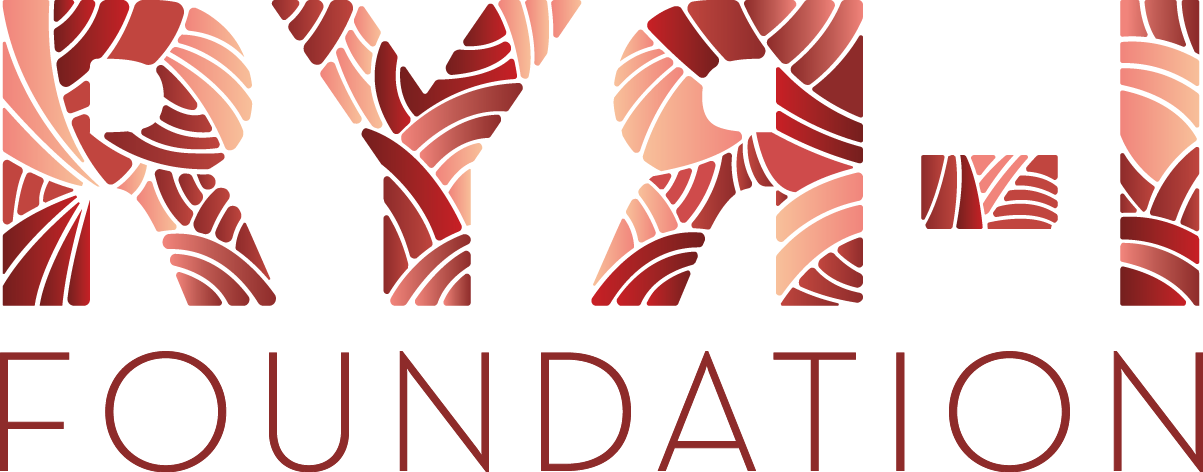
Authors: Qiuling Zhao, Xiaoduo Li, Li Liu, Xu Zhang, Xin Pan, Hong Yao, Yongyi Ma and Bo Tan
The skeletal muscle ryanodine receptor (RyR1) locates in the sarcoplasmic reticulum (SR) of skeletal muscle and releases calcium (Ca2+) into the cytoplasm upon depolarization of the sarcolemma, playing a significant role in excitation-contraction coupling [1]. As one of the largest genes in the human genome, the RYR1 gene includes 106 exons and covers 15.4 kb on chromosome 19q13.1 [2].
Variant in the RYR1 gene is first described in a Canadian family with malignant hyperthermia (MH) [3]. RYR1 variants have subsequently been identified in various myopathies including central core disease (CCD), multi-minicore disease (MmD), centronuclear myopathy (CNM), congenital fiber-type disproportion (CFTD), core-rod myopathy (CRM), King-Denborough syndrome, dusty core disease (DuCD), samaritan myopathy, a late-onset axial myopathy, fetal akinesia and lethal multiple pterygium syndrome (LMPS) [4–9]. The age of onset, clinical presentation, disease progression and severity of these myopathies vary widely. With the constant advancement of next generation sequencing, the RYR1 disease spectrum has further expanded. Clinical and pathological overlaps make the differential diagnosis of RYR1-related myopathies difficult. Lawal et al. propose RYR1-related disorders (RYR1-RD) as a unified nomenclature to describe this complex and evolving disease spectrum [10].
In this study, we report a Chinese couple with five pregnancies who had three early miscarriages and two fetal losses because of a primary myopathy characterized by fetal akinesia, polyhydramnios, umbilical cord cyst, abnormality of the vertebral column, abnormality of the scrotum, rocker bottom foot, absence of stomach bubble and hydrops fetalis. However, no further genetic tests were carried out on the first four fetuses as their samples were not available. Abnormal karyotype and pathogenic CNV of the fifth fetus and parents had been excluded. Trio whole-exome sequencing was performed to identify the genetic causes of these symptoms. Lethality of the condition and potential phenotype recurrence based on the reproductive history suggested an autosomal recessive condition.

